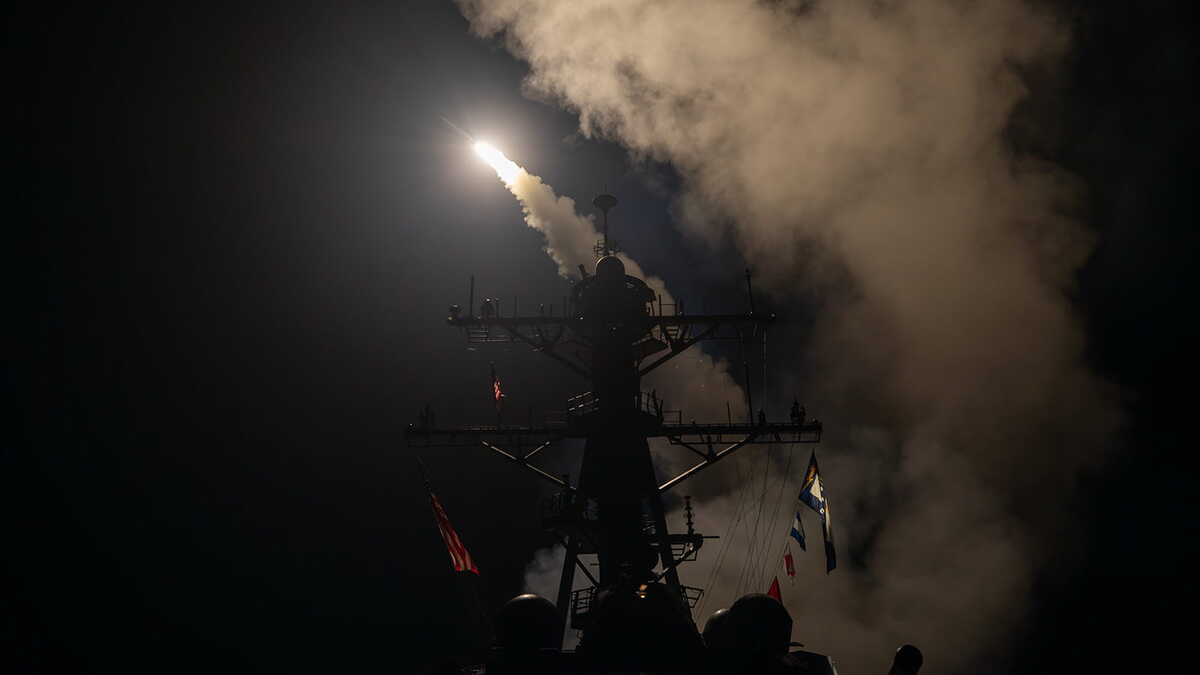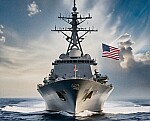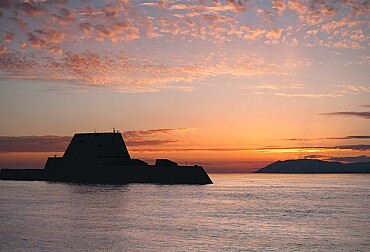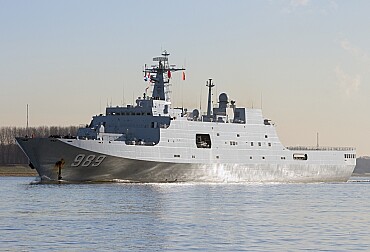Pentagon prepares for potential strike on Iran amid surging regional military build-up
The United States is undertaking its most significant military buildup in the Middle East in years, as tensions with Iran continue to escalate. Amid threats, diplomacy, and massive troop deployments, the Pentagon is laying the groundwork for what officials describe as “full-spectrum contingency readiness”—a strategy designed to both deter Iranian aggression and prepare for potential precision strikes on nuclear infrastructure.

The move comes after former President Donald Trump issued a pointed warning to Tehran in a nationally televised interview on NBC News. “If they don’t make a deal, there will be bombing,” Trump declared, in reference to Iran’s ongoing nuclear ambitions. “U.S. and Iranian officials are talking,” he added, signaling that while the rhetoric has intensified, diplomatic channels remain open behind the scenes.
Massive Military Posture Taking Shape
Currently, more than 40,000 American troops are deployed across the region, supported by an array of advanced air and naval assets. The USS Harry S. Truman carrier strike group is operating in the Red Sea, while the USS Carl Vinson is reportedly en route to enhance U.S. naval presence further east.
Satellite imagery has revealed the presence of six B-2 Spirit stealth bombers at Diego Garcia, a strategically located U.S. base in the Indian Ocean often used for long-range strike operations. The deployment of B-2s—known for their stealth and precision capabilities—marks a notable shift in operational posture and suggests serious planning for possible high-value target strikes.
Meanwhile, B-52H Stratofortress bombers are stationed at Al Udeid Air Base in Qatar, while heavy-lift aircraft such as the C-5M Super Galaxy and C-17 Globemaster III have been ferrying what analysts believe to be MIM-104 Patriot and THAAD missile defense systems to both Al Udeid and Isa Air Base in Bahrain.
According to defense sources, the regional airpower presence now includes a lethal mix of assets: B-52s, B-2s, A-10 Thunderbolt IIs, F-15E Strike Eagles, fifth-generation F-35 Lightning IIs, and MQ-9 Reaper drones. This diverse fleet offers capabilities for everything from deep strike and close air support to reconnaissance and real-time battlefield intelligence.
A Familiar Pattern—and a Strategic Warning
The scope and scale of the U.S. military movements mirror previous build-ups ahead of major operations, such as the 2003 invasion of Iraq or targeted strikes in Syria. Analysts suggest that while no final decision has been made, the Pentagon is signaling readiness for rapid escalation—should diplomatic efforts fail or Iran cross red lines regarding its nuclear program.
“This is not just about saber-rattling,” said a senior defense analyst. “The positioning of stealth bombers at Diego Garcia and heavy transport flights delivering missile defenses point to a very real readiness for offensive and defensive operations.”
President Trump’s comments appear calculated to pressure Iran’s leadership into reengaging in talks over its nuclear program, which the U.S. claims has edged dangerously close to weapons-grade enrichment levels. Tehran, for its part, has maintained that its nuclear ambitions are strictly peaceful—though international inspections have raised concerns over transparency and compliance.
Diplomacy on the Clock
Despite the saber-rattling, White House officials have indicated that diplomatic efforts are ongoing. Back-channel discussions reportedly involve intermediaries in Europe and the Gulf, aimed at laying the groundwork for renewed negotiations. However, the clock may be ticking.
Trump has made it clear that Iran’s window for compromise is closing. “They have a choice: return to the table—or face consequences the likes of which they’ve never seen,” he said in the interview.
For now, the world watches a tense standoff unfold, with diplomacy hanging by a thread and military options locked and loaded. Whether the situation de-escalates or slides into conflict may depend as much on what happens in quiet diplomatic backrooms as on runways, warships, and radar screens.










